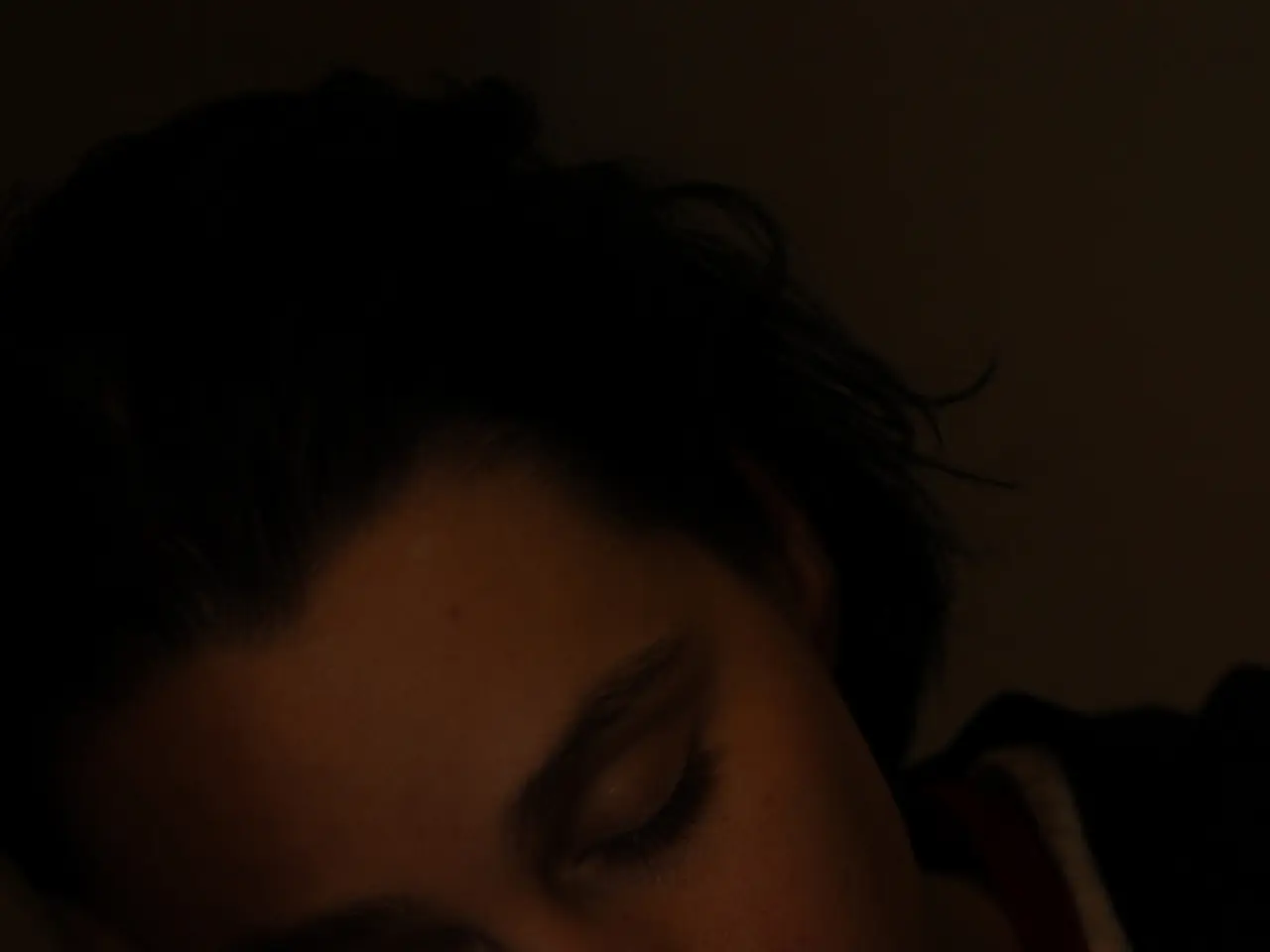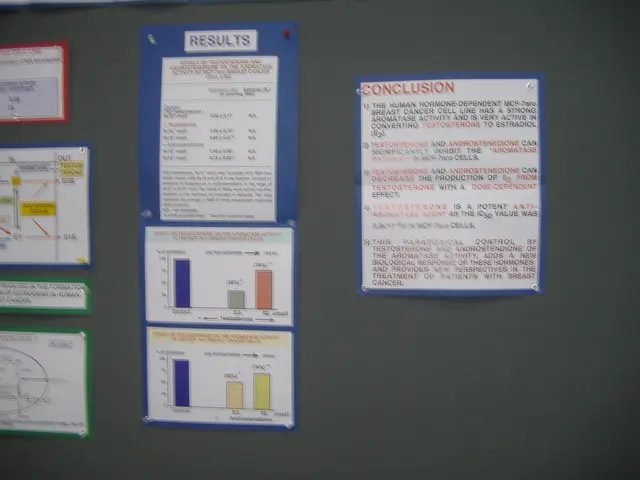Sleep paralysis: A temporary inability to move or speak when falling asleep or waking up, often accompanied by vivid hallucinations. Safe in itself, but can induce fear and anxiety.
In the realm of sleep disorders, sleep paralysis stands out as a fascinating and often frightening phenomenon. Known in Western folklore as the "Old Hag" phenomenon, this condition is characterized by a temporary inability to move or speak during transitions between sleep and wakefulness.
Stress and anxiety play a significant role in the occurrence of sleep paralysis. When individuals experience stress, their body releases stress hormones like cortisol and adrenaline, preparing the body for immediate action. This "fight or flight" response makes it difficult to relax and enter into deep, restorative sleep.
Moreover, stress can alter sleep architecture, increasing the likelihood of entering into atypical sleep stages where sleep paralysis can occur. Normally, sleep paralysis happens during REM sleep, but stress can make it more common by disrupting the transition between different sleep stages.
Individuals with high anxiety are more prone to experiencing sleep paralysis due to heightened alertness and difficulties in relaxing. This vulnerability is further exacerbated when stress exacerbates underlying sleep disorders, such as narcolepsy, which are linked to sleep paralysis.
Conditions like insomnia, obstructive sleep apnea, and narcolepsy have been linked to an increased risk of sleep paralysis. Maintaining a consistent sleep schedule, engaging in calming activities before bed, such as reading or meditating, and addressing underlying sleep disorders through medical treatment can help reduce disruptions to REM sleep and the frequency of sleep paralysis.
Sleep paralysis is accompanied by vivid and sometimes terrifying hallucinations, such as seeing shadowy figures or hearing strange sounds. These hallucinations can add to the fear and panic often associated with sleep paralysis.
It's important to note that sleep paralysis is not inherently dangerous, but the emotional and psychological impact of recurring episodes can contribute to sleep disturbances, avoidance behaviors, chronic sleep deprivation, and exacerbate existing anxiety or depressive disorders.
In parts of Africa and the Caribbean, sleep paralysis may be seen as evidence of witchcraft or spiritual possession. In Japan, it is known as kanashibari, meaning "bound or paralyzed by metal."
Managing stress and anxiety through techniques like mindfulness, deep breathing, or yoga can improve sleep quality and reduce the likelihood of sleep paralysis. Sleeping on one's side may also help reduce the frequency of sleep paralysis episodes.
However, it's crucial to remember that everyone's sleep patterns and experiences are unique. If you are experiencing frequent sleep paralysis episodes, it's recommended to consult with a healthcare professional to rule out any underlying sleep disorders and to discuss potential treatment options.
- Stress hormones like cortisol and adrenaline, released during periods of high anxiety, can make it difficult to relax and enter into deep, restorative sleep, increasing the risk of sleep paralysis.
- Mental health conditions, such as anxiety and depressive disorders, can be exacerbated by recurring episodes of sleep paralysis, leading to sleep disturbances, avoidance behaviors, chronic sleep deprivation, and further anxiety.
- In some cultures, sleep paralysis is associated with spiritual beliefs, such as evidence of witchcraft or spiritual possession, like in parts of Africa and the Caribbean, or seen as kanashibari in Japan.
- Adopting relaxation techniques like mindfulness, deep breathing, yoga, and sleeping on one's side may help improve sleep quality and reduce the frequency of sleep paralysis episodes.
- Consulting with a healthcare professional to rule out any underlying sleep disorders and discuss treatment options is essential, especially if someone is experiencing frequent sleep paralysis episodes.







